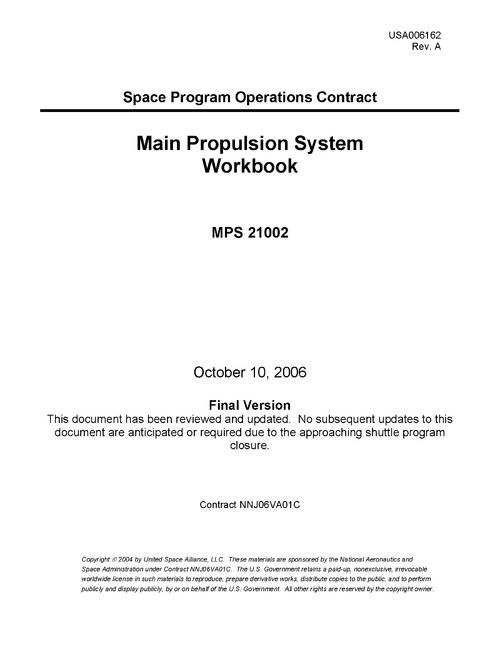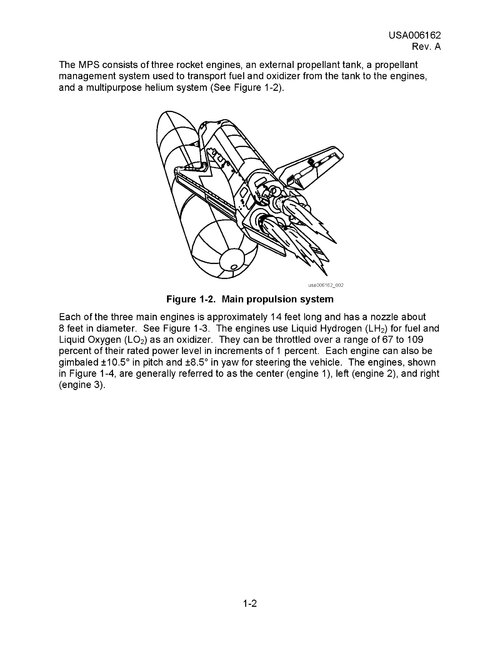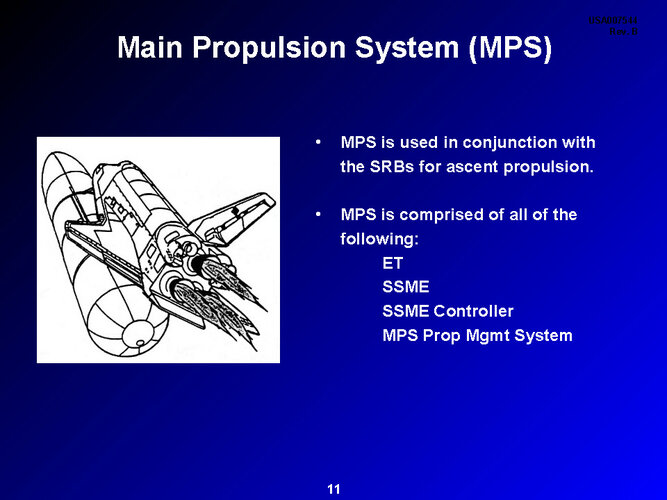Based on the 1971 MDAC Expendable Second Stage study, from back when the Shuttle Booster was going to be a flyback stage and the Orbiter carried its own tanks, and a 65klb payload, you're looking at something like three-eighths the total vehicle mass
- Booster - new LOX/LH2 engine(s), total 1,770 lb thrust, 960klb propellant
- Upper stage - 2 x J-2 or equivalent, 290 klb propellant
That's a decent sized rocket, but not at all unreasonably so. The booster probably gets 3 x OTL SSME, or 4 smaller ones. Playing around with sizes, something like a 320klb engine would work with six on the first stage and one vacuum-optimised engine on the upper stage.
One F-1 derived engine would also work for the booster, but I think that LOX/LH2 would be preferred for 'efficiency', as it was with the OTL Shuttle.
If/when a small orbiter for this system was funded, it would carry maybe 10klb to orbit with 2-3 flight crew. Really a space station ferry craft; I'm assuming you'd get some kind of crew module for the payload bay.
The study I'm referencing assumed that the booster would recover downrange - Seymour-Johnson AFB in North Carolina was mentioned. For a low inclination launch I'm guessing you'd want somewhere in the Bahamas.



